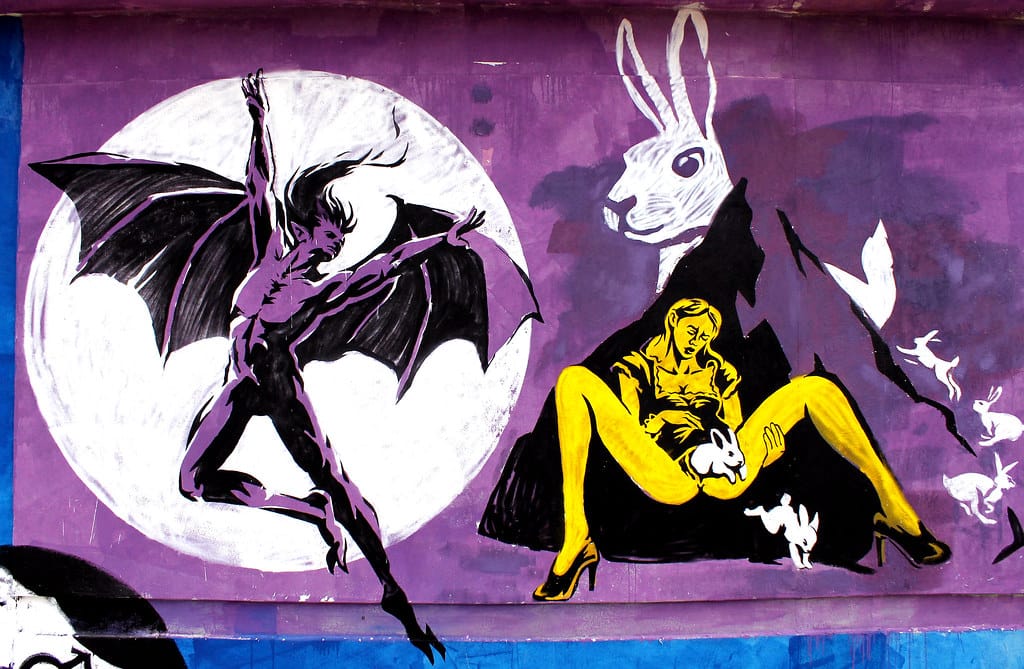The Wikipedia Hoax That Created a Musical Empire: How One Volunteer Exposed 335 Fake Articles About a Single Composer
A dedicated Wikipedia volunteer has uncovered one of the most elaborate deception campaigns in the online encyclopedia's history—a decade-long effort that created 335 interconnected articles about a single classical composer, complete with fake orchestras, imaginary concert venues, and fabricated musical works.
The discovery has sent shockwaves through Wikipedia's editorial community and raised serious questions about the platform's vulnerability to coordinated misinformation campaigns, even in seemingly obscure subject areas.
The Unraveling of a Musical Fantasy
The investigation began when a Wikipedia editor noticed suspicious patterns while reviewing articles about 18th-century classical music. What started as routine fact-checking evolved into the exposure of an intricate web of deception that had been carefully constructed over more than ten years.
The fake composer at the center of this elaborate hoax was portrayed as a prolific musical genius with an extensive catalog of symphonies, chamber music, and operas. The articles didn't just create a single fictional character—they built an entire ecosystem around him, complete with:
- Detailed biographies of fictional musicians and conductors
- Elaborate histories of non-existent orchestras and opera companies
- Comprehensive discographies of albums that were never recorded
- Extensive documentation of concerts that never took place
- Cross-references between hundreds of interconnected articles
A Master Class in Deception
What made this campaign particularly sophisticated was its attention to detail and internal consistency. The hoaxer didn't simply create isolated articles—they constructed a believable historical narrative that spanned decades and multiple countries.
The fictional composer's "career" was meticulously documented, with articles describing his early training, major compositions, and relationships with other musicians. Concert reviews were fabricated, complete with specific dates and venues. Even technical aspects like instrumentation and musical analysis were included to lend credibility to the deception.
The campaign's longevity was aided by the hoaxer's understanding of Wikipedia's editorial processes. Articles were created gradually over years, avoiding the kind of bulk additions that might trigger automated detection systems. References were carefully crafted to appear legitimate, often citing obscure or hard-to-verify sources.
The Domino Effect of Discovery
Once the volunteer editor identified the first suspicious article, the investigation expanded rapidly. Cross-referencing tools revealed the interconnected nature of the deception, with one fake article leading to dozens of others. The sheer scale became apparent as editors worked to map the full extent of the campaign.
The discovery process highlighted both the strengths and weaknesses of Wikipedia's collaborative editing model. While the platform's open nature made it vulnerable to this type of long-term deception, it was ultimately the dedication of volunteer editors that exposed the hoax.
Implications for Information Integrity
This case represents more than just an elaborate prank—it demonstrates how sophisticated actors can exploit Wikipedia's systems to create false historical narratives. The classical music domain was likely chosen because it receives less scrutiny than more popular topics, allowing the deception to persist undetected for years.
The incident has prompted discussions about implementing stronger verification processes for new articles, particularly in specialized subject areas where expert review may be limited. Some editors have called for enhanced tools to detect patterns that might indicate coordinated deception campaigns.
Lessons for Digital Literacy
This Wikipedia hoax serves as a powerful reminder that even well-established information sources can be manipulated by determined actors. The case illustrates why digital literacy skills—including the ability to verify sources and cross-check information—remain crucial in our information-rich environment.
For researchers and students, this incident underscores the importance of using multiple sources and not relying solely on Wikipedia for authoritative information, particularly in specialized fields.
Moving Forward
Wikipedia's community has responded quickly to clean up the affected articles and strengthen policies around article creation and verification. The platform's administrators are now developing better tools to detect similar campaigns and prevent future large-scale deceptions.
While this hoax represents a significant breach of trust, it also demonstrates the resilience of Wikipedia's self-correcting mechanisms. The dedication of volunteer editors ultimately exposed the deception and restored the integrity of the affected content areas.
This incident serves as both a cautionary tale about information manipulation and a testament to the importance of vigilant fact-checking in our digital age.
